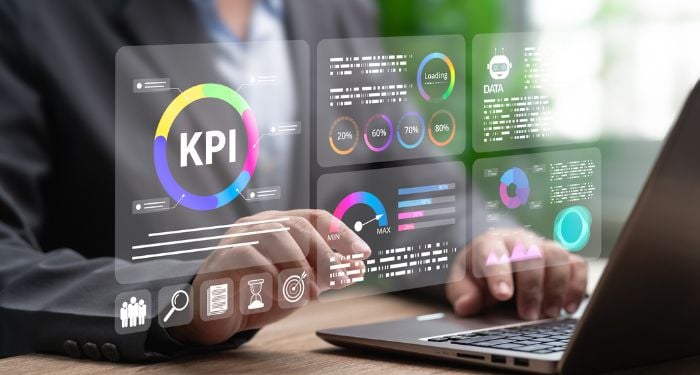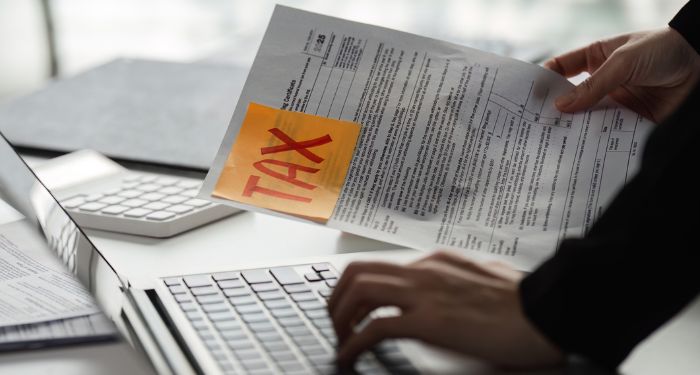The One Big Beautiful Bill Act (OBBBA): How OBBBA Impacts Nonprofit Organizations
This past summer, on July 4, 2025, the One Big Beautiful Bill Act (OBBBA) was signed into law. Commonly referred to as the Big Beautiful Bill, this legislation introduced sweeping tax and policy changes across a wide variety of industries. While much of the early discussion has focused on the effects for individuals and corporations, nonprofit organizations also face important implications – particularly when it comes to charitable contributions and donor strategy.
Our team explored in previous articles the impact of OBBBA to both individuals and corporations. Those articles include highlighted broad changes affecting taxes, deductions, and corporate incentives. Today, however, we turn our attention to how these reforms may influence nonprofits and the way the cultivate support from donors.
Individual Donors
One change for individual taxpayers is the permanent expansion of the above-the-line charitable deduction. Beginning with tax years after December 31, 2025, all taxpayers will be able to deduct up to $1,000 in charitable contributions ($2,000 for those filing jointly). This expansion may encourage more participation from middle-income households who take the standard deduction but still wish to support charitable causes.
At the same time, OBBBA introduces a new limitation for those who itemize deductions. Starting in 2026, only contributions that exceed 0.5% of a taxpayer’s adjusted gross income (AGI) will qualify as deductible. While this may not significantly affect smaller donors, higher-income individuals who typically contribute large amounts could see a reduced incentive to give.
Corporate Donors
Corporations will also face new parameters. Under OBBBA, a 1% floor is imposed on charitable contribution deductions. This means that only the portion of donations exceeding 1% of taxable income will be deductible, subject to the existing 10% cap. For large corporations accustomed to making sizable gifts, this change could alter the corporation’s philanthropy. Like the individual provision, this rule will also take effect for tax years beginning after December 31, 2025.
What This Means for Nonprofit Organizations
For nonprofits, these shifts signal both challenges and opportunities. On one hand, organizations may experience fewer large-scale donations from wealthy individuals and corporations who find the tax benefit less compelling. On the other hand, the enhanced above-the-line deduction may broaden the pool of smaller, first-time donors.
Now is the time for nonprofits to review their donor base and fundraising strategies. Organizations should consider how their messaging can resonate with new supporters who may be incentivized to give modest amounts consistently. Expanding outreach to middle-income households, launching recurring giving programs, and emphasizing the mission-driven impact of every dollar could help bridge potential gaps in funding.
Nonprofits should also explore diversifying revenue streams beyond traditional donations, such as partnerships, grants, or fee-for-service models, to reduce reliance on a shrinking group of major donors. Engaging corporate partners through non-tax-driven motivations, such as public visibility, community engagement, and employee volunteer programs, may also help sustain those relationships.
Final Thoughts
OBBBA introduces a new philanthropic landscape. While nonprofits may face initial uncertainty, proactive planning and creative fundraising can help organizations adapt and even thrive. By strategically engaging both new and existing donors, nonprofits can turn legislative change into an opportunity for long-term sustainability and growth.
If you have questions about the information outlined above, please reach out to a member of our Nonprofit team. You can also learn more about our nonprofit services by visiting our Nonprofit industry page.




